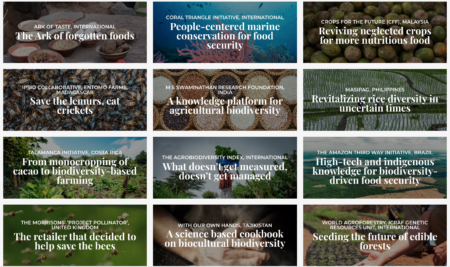I didn’t know about the Food Planet Prize, but the editors’ picks this year in the area of biodiversity look pretty cool.

The selection comes with a Special Report by Dan Saladino on “Biodiversity in farming and nature.” You can submit nominations until 31 May.